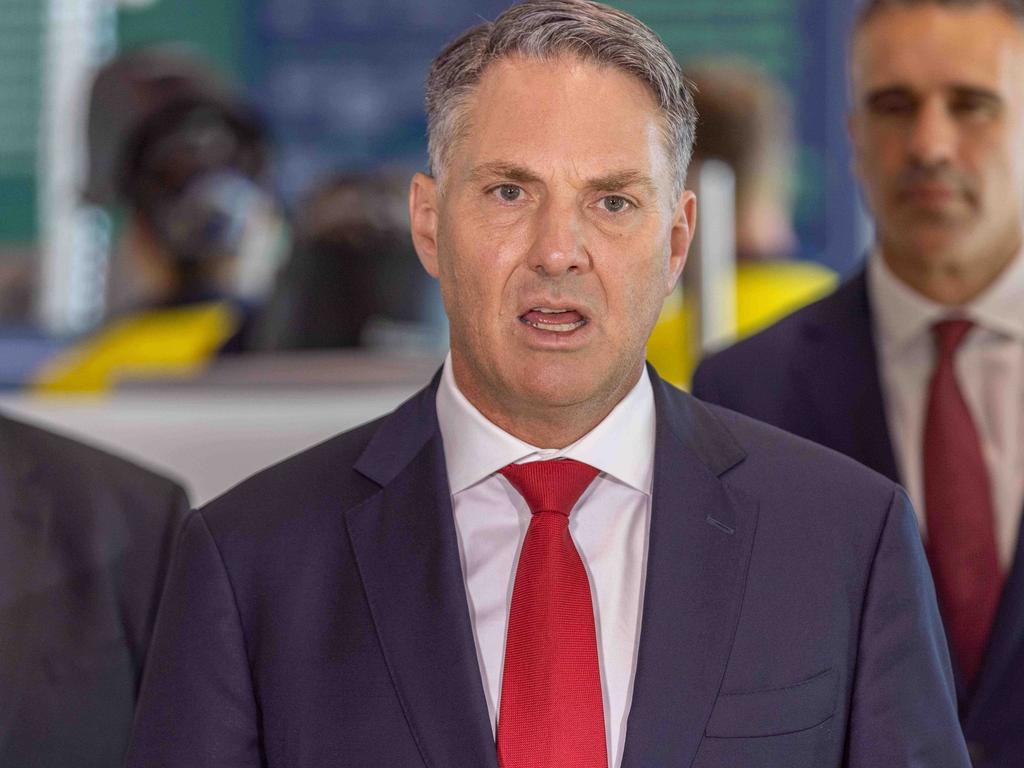
Developed as a commitment made in last year’s Defence Strategic Review, this policy update seeks to outline the government’s strategic approach – namely how the Australian Defence Force can resist coercion and maintain (an Australian) way of life.
The strategy continues the theme of evolving the ADF into a “focused force” via its rebuilt $330bn Integrated Investment Program. It describes the projected increase in total spend to more than $50bn across this coming decade, to include a rather modest $5.7bn increase allocated across the first four years. Some may observe that this initial modest uplift is in contrast to other middle powers’ defence budgets across the same period, such as Norway, which plan to spend an additional $US150bn out to 2036, and Japan, whose 2024 defence budget marks another record year-on-year increase for the 10th year in a row.

The strategy makes some commendable statements of intent about Australia’s future long-range strike and force projection capabilities. The acceleration of the navy’s Tomahawk missile program, the air force’s anti-ship and air-launched missile mix, and the army’s future rocket and missile capability (to include domestically manufactured guided weapons and precision strike missile) is welcome and urgent.
Of note is that it is the army that will be the first military service to meet the direction of the government-directed “focused force” design with the arrival of its HIMARS missile system from next year. This goes slightly against the anti-army zeitgeist prevalent in much of the commentariat that prioritises air and maritime platforms over land.
Another important component to the updated policy relates to the increase in focus on Australia’s northern critical infrastructure, to include hardening facilities and extending the capabilities of bases on the Cocos (Keeling) Islands and RAAF bases Tindal and Scherger.
An extension to this initiative – possibly to be considered as part of the Defence estate plan later this year – should consider how to enhance other foreign bases that host Australian forces across the region, such as Butterworth in Malaysia, Guam and Manus Islands in Papua New Guinea.
A recently completed reciprocal access agreement with Japan last year also justifies an infrastructure uplift where Australia regularly bases naval and air force elements.
Defence Minister Richard Marles’s dedication to a “strategy of denial” in articulating his policy has made it central to understanding the purpose and “upper limit” of the future defence force. As he correctly pointed out in his speech on Wednesday, Australia does not seek to rival great powers in terms of military capability, such as China and the US. What this comment risks, however, is determining exactly what the defined limit is where Australia as a middle power counts itself in or out of an alliance-led major theatre conflict between now and the next decade.
The US also will make a strategic judgment on Australia’s ability to commit in the short term, especially in the context of a changing world where war has returned to Europe and the Middle East and risks conflagration in Asia. To what extent this reduces our standing in Washington remains to be seen.

Where the defence strategy mentions industry and advanced research, it relies on existing government organisations and processes to deliver. What is further necessary, however, is to institutionalise defence and national security as a truly strategic endeavour. Separating AUKUS pillar I (submarines) from the Defence budget would be a start. Doing this would elevate the significance of this important investment and subject it to more oversight and transparency than otherwise would be the case. It also would telegraph to the public and the US congress the seriousness of this endeavour.
Similarly, AUKUS pillar II (emerging technology) is how Australia can achieve the kind of asymmetric advantage fundamental to Marles’s strategy of denial. Overcoming bureaucracy inside and outside the government will be key to this. More involvement from the defence industry and the advanced research sector in Australia is vital in this regard.
The National Defence Strategy ultimately fulfils its commitments first articulated in the 2024 Defence Strategic Review. Whether capabilities can be delivered fast enough, relative to a changing security environment, remains to be seen. Australia does not get to choose when and where its next war will be fought. Let’s hope we are as ready as we can be when that moment arrives.
Ian Langford is executive director of the Security and Defence PLuS Alliance, a collaboration between the University of NSW, Arizona State University and King’s College London. He is also a former ADF senior military officer.







The Albanese government’s release of its National Defence Strategy affirms that Australia will accept greater security risk in the immediate term to lock in its capability investment plan out to the 2030s and ’40s. Crucially, it assumes a major war will not break out between now and then.